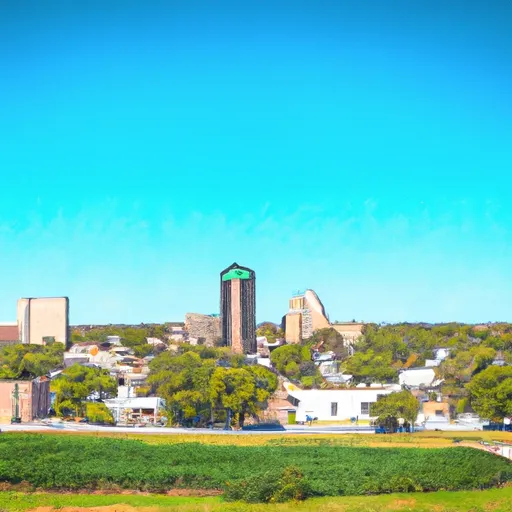°F
°F
mph
Windspeed
%
Humidity











La Porte City is a small town located in Black Hawk County, Iowa. It experiences a humid continental climate, characterized by warm summers and cold winters. Average temperatures range from 20°F (-6°C) in January to 83°F (28°C) in July. Precipitation is relatively evenly distributed throughout the year, with an annual average of around 34 inches (86 cm).
Hydrology constituents in La Porte City are mainly influenced by the nearby Cedar River. The river provides opportunities for various water-based activities, including fishing, boating, and kayaking. The town also has a number of parks and recreational areas, such as Hickory Hills Park and Wolf Creek Recreation Area. These offer scenic trails for hiking and biking, picnic areas, and opportunities for wildlife observation.
La Porte City's outdoor recreation opportunities extend beyond water and parks. The town is surrounded by beautiful rural landscapes, making it ideal for activities such as camping, hunting, and birdwatching. Additionally, there are several golf courses in the area for those interested in the sport. Overall, La Porte City offers a range of outdoor activities to enjoy throughout the year.
Weather Forecast
La-Porte-City receives approximately 907mm of rain per year, with humidity levels near 82% and air temperatures averaging around 9°C. La-Porte-City has a plant hardyness factor of 5, meaning plants and agriculture in this region thrive during a short period during spring and early summer. Most plants will die off during the colder winter months.
Regional Streamflow Levels
135
Cubic Feet Per Second
4
Cubic Feet Per Second
62
Cubic Feet Per Second
45
Cubic Feet Per Second
Nearby Camping
| Camping Area | Reservations | Toilets | Showers |
|---|---|---|---|
| Waubonsie Trail Park | |||
| Pine Ridge | |||
| Sycamore Loop Dispersed - Noblett Lake | |||
| Finger Lakes State Park | |||
| Binder Park | |||
| Piney River Military - Fort Leonard Wood |



